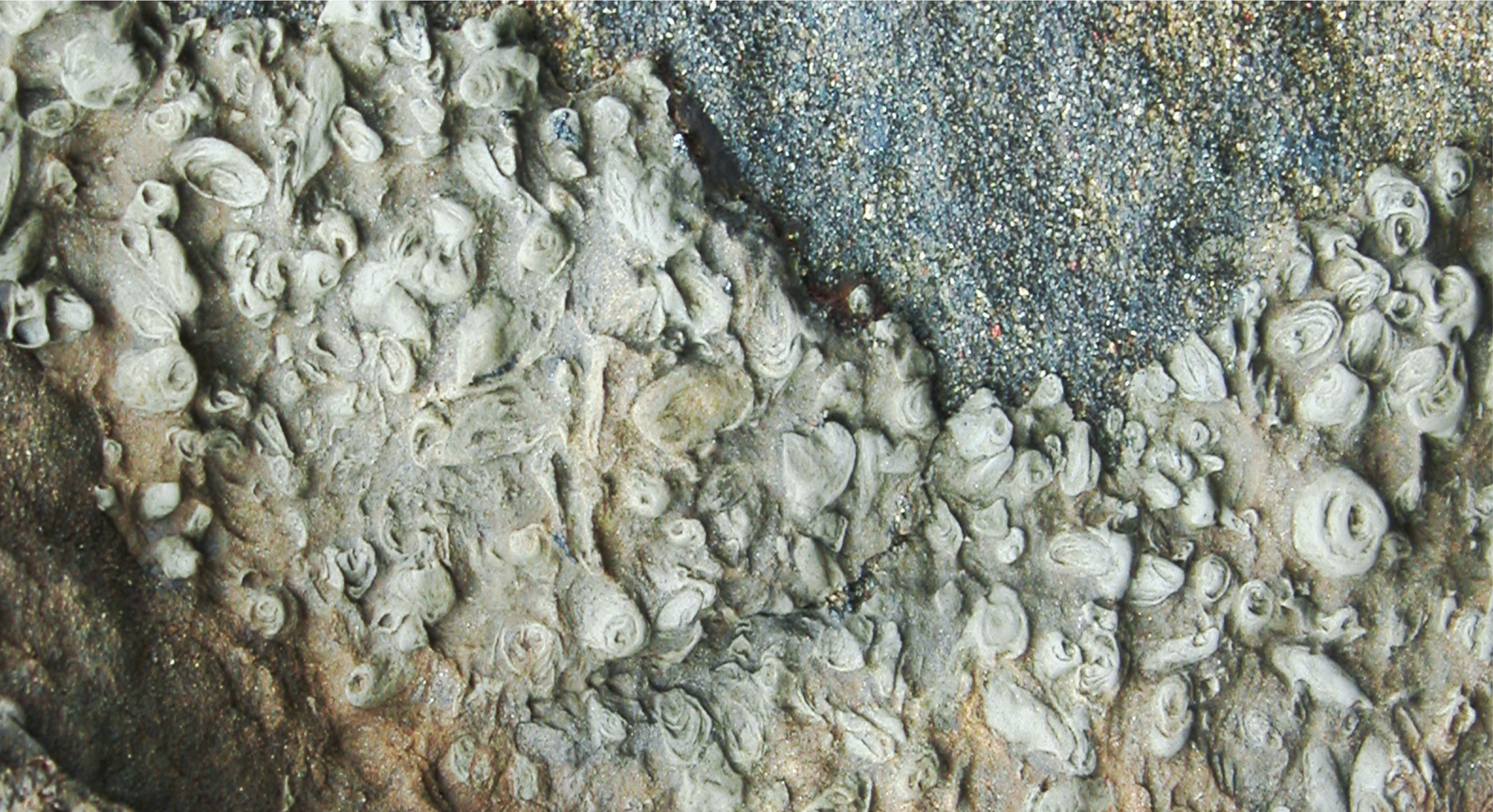Welcome to our newest series: SEPM Science Spotlight!
This series is a feature that enables SEPM members to dig in deep and learn more about the work of their members and SEPM publications. Read below to learn more about a recent work in SEPM's PALAIOS journal, and contact Eduardo to talk science!
Would you like your work featured? Consider applying here or submitting your info with your next SEPM journal submission.
SEPM SCIENCE SPOTLIGHT
Name: Eduardo B. Olivero
Publication: PALAIOS
Title of Paper: HELMINTHOPSIS AND CYLINDRICHNUS ICHNOGUILDS FROM MIOCENE THIN-BEDDED TURBIDITES, TIERRA DEL FUEGO, ARGENTINA
Authorship of Paper: E. B. Olivero and M. I. López Cabrera
New insights and global importance of the study, a summary of results and methods used to achieve them, and major outcomes: In the Austral Basin of Tierra del Fuego, Argentina, the deep-marine lower Miocene Viamonte Formation preserves a superbly exposed channel-levee turbidite system. Overbank thin-bedded turbidites, originated in internal levees adjacent to active channels or in large-wedge shaped external levees confining the channel belt, record scarce graphoglyptids and abundant, minute, elite trace fossils, dominated by two unusual ichnoguilds.
The first, a monoichnospecific Cylindrichnus ichnoguild, consists of crowded, post-depositional burrows formed in surface sediments during the final phase of turbidite deposition. The second, a pre-depositional Helminthopsis ichnoguild, consists of dense simple grazing trails, mainly Helminthopsis and Helminthoidichnites, occupying a very shallow tier in organic-rich mud covering the sea floor prior to turbidite deposition. The trace makers of Cylindrichnus were opportunistic suspension/detritus feeding organisms, probably polychaetes, which bloomed during high-flux of labile organic matter brought to internal and external levees by turbidity currents. The trace makers of Helminthopsis and Helminthoidichnites were probably nematodes that grazed on organic-rich muddy sediments with abundant pyrite, suggesting sulfur-cycling chemosynthetic microbial communities originated during interturbidite phases. These minute grazing trails are commonly associated with Kinneyia-like and other wrinkle structures, making this unusual Miocene preservation reminiscent of the Ediacaran Helminthopsis ichnoguild.
In spite of characteristical sedimentary facies, typical of overbank deposits elsewhere, the rhythmical alternation of the Cylindrichnus and Helminthopsis ichnoguilds clearly differentiated the thin-bedded turbidites of the Viamonte Formation from other channel-levee complexes, stressing the point that ichnoassemblages reflect sets of environmental parameters and not necessarily particular depositional settings.
 Upper plane view showing crowded Cylindrichnus trace fossils from the external levee.
Upper plane view showing crowded Cylindrichnus trace fossils from the external levee.
Lead Author Bio: Eduardo B. Olivero, Investigador Superior, Centro Austral de Investigaciones Científicas (CADIC), CONICET and Professor at the Universidad Nacional de Tierra del Fuego. Main topics of my current research interest are the Upper Cretaceous-Cenozoic stratigraphy, depositional settings, and ichnology of the shelfal clastic deposits of the James Ross Basin, Antarctica and the deep-marine turbidite systems of the Austral-Malvinas basins in Tierra del Fuego, Argentina. Please include name, research focus, academic background and any other relevant details.
Where you can learn more: A companion open access article, describing and interpreting the sedimentary facies of the Miocene turbidites (Olivero, E.B., Torres Carbonell, P.J., 2021, Stratigraphy and depositional architecture of the Viamonte Formation, Miocene, Tierra del Fuego, Argentina: the interplay between deep-marine transverse and longitudinal depositional systems) can be found here. You may also reach out to Eduardo via email here.






